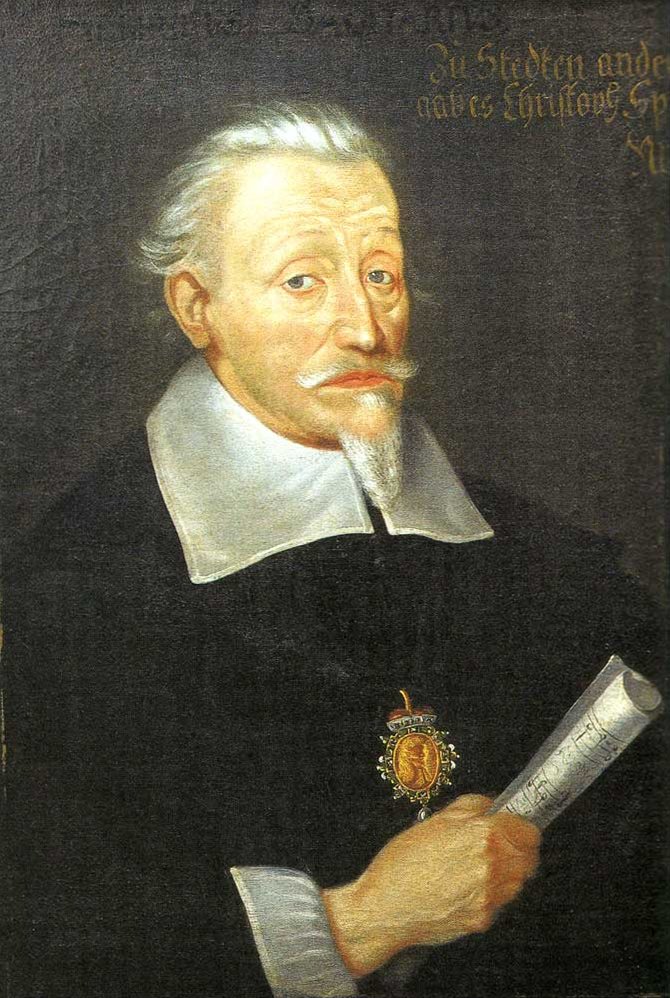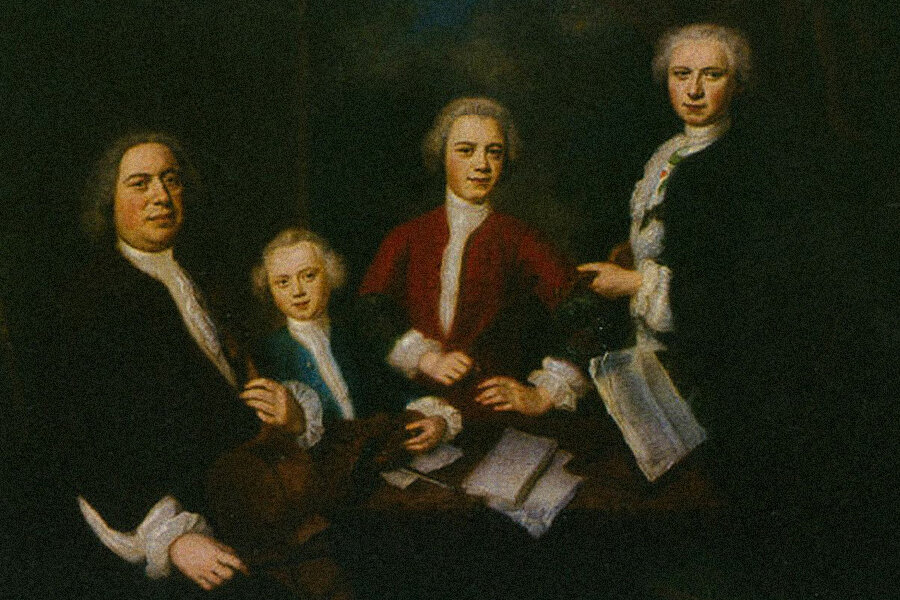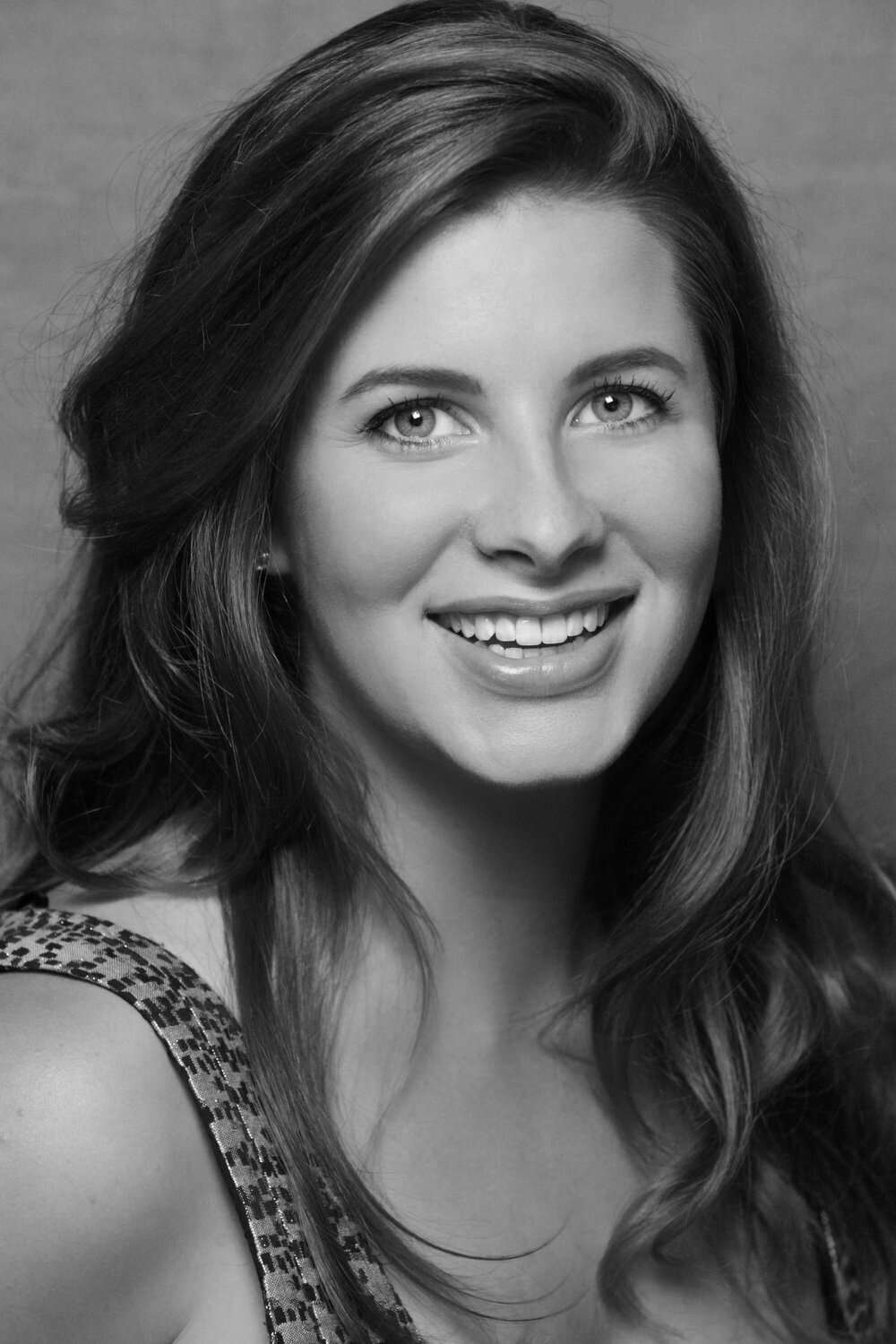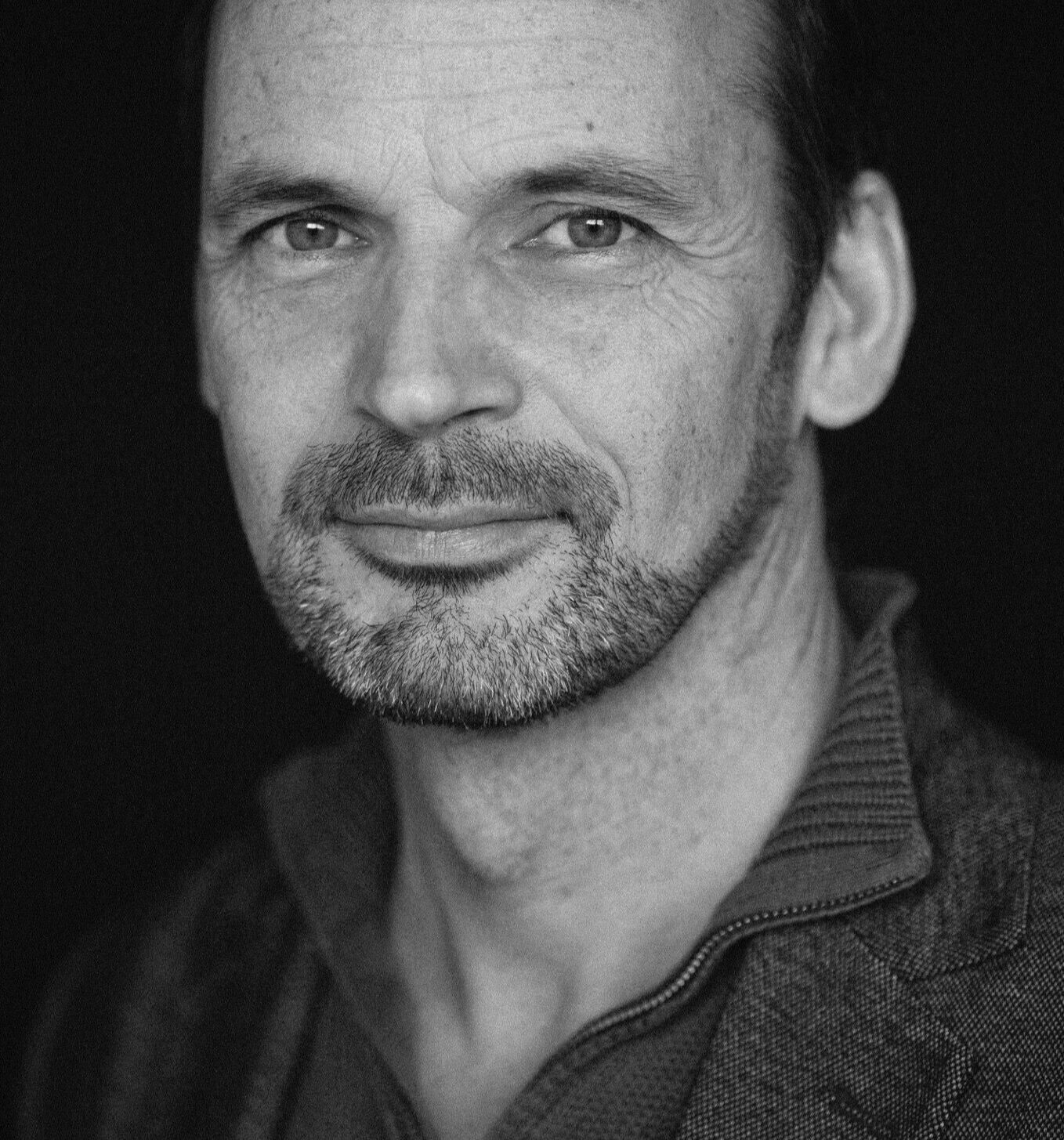Victoria Fraser, soprano, was born and raised in Anchorage, Alaska, soprano Victoria Fraser holds degrees from the San Francisco Conservatory of Music, University of Notre Dame, and University of Limerick in Ireland. Victoria has performed as a soloist and chorister in Europe and North America, notably with Il Coro del Duomo in Florence, Italy; the Vocalensemble Frankfurt Dom, in Frankfurt, Germany; Vox Humana in Texas; True Concord in Arizona; the Berwick Chamber Chorus at the Oregon Bach Festival; and the Bachkantaten-Akademie in Thuringia, Germany. She has sung under the direction of Masaaki Suzuki, Helmut Rilling, Matthew Halls, John Nelson, and Jeffrey Thomas. Passionate about interdisciplinary performance, Victoria produces and performs concerts which re-contextualize classical music through visual art, dance, and technology. Also a composer, Victoria’s compositions were featured at last year’s Hot Air Music Festival, at the San Francisco Conservatory. Born to a mountaineer father, Victoria loves to ski, rock climb, mountain bike, hike, SCUBA dive, and row.
Proud CBS chorister from 2011-2017, soprano Caroline Jou Armitage is known to Bay Area audiences for her “absolutely beautiful” performances sung with “pitch-perfect clarity and affecting intensity” (San Francisco Classical Voice). As a frequent soloist with the California Bach Society, she has performed Handel’s Dixit Dominus, Bach’s Cantatas BWV 21 and 198, Bach’s Mass in G Major, Bach’s Mass in A Major, and Schütz’s Weihnachtshistorie (role of Angel). At the Amherst Early Music Festival, Caroline has been a featured soloist in Carissimi’s Historia di Jephte (under the tutelage of soprano Julianne Baird), Caldara’s Il giuoco del quadriglio (coached by harpsichordist Arthur Haas), and excerpts from the Roman de Fauvel, directed by Sequentia’s Benjamin Bagby. She presented a concert of Handel opera arias and duets with contralto Karen Clark, as well as a solo harpsichord recital, at the 2018 Berkeley Festival and Exhibition. Caroline has participated in early keyboard masterclasses with Arthur Haas, Peter Sykes, and Catalina Vicens, and currently studies harpsichord with Tamara Loring Greene. On March 26, 2022, in a departure from early music, she will be singing Webern’s Dehmel lieder with pianist Janis Mercer at the Center for New Music in San Francisco. Caroline studies voice with Karen Clark.
Pablo Corá, tenor, holds music degrees from Ithaca College and Indiana University. Originally from Buenos Aires, Argentina, Mr. Corá has sung both as a soloist and chamber musician in a wide variety of repertory ranging from early music and oratorio to twentieth-century opera. He has performed at the Argentine Colón Theatre, Amsterdam Concertgebouw, Lincoln Center, Weill Recital Hall, Dorothy Chandler Pavilion, Disney Concert Hall, and the Brooklyn Academy of Music. He has performed with the Los Angeles Philharmonic, Los Angeles Master Chorale, and Los Angeles Chamber Singers & Cappella. He is also a founding member of the award-winning Concord Ensemble. He has collaborated with historically informed ensembles such as the Folger Consort, Piffaro, Musica Angelica Baroque Orchestra and the Catacoustic Ensemble in works ranging from Renaissance Florentine and English music to operas by Marc-Antoine Charpentier.
His recording credits include works for the label Harmonia Mundi with Paul Hillier’s Theater of Voices and The Pro Arte Singers, Dorian Recordings with The Concord Ensemble and Piffaro, Rubis Canis Mundi (RCM) with the L.A. Master Chorale and Los Angeles Chamber Singers & Cappella, Gothic Records. He has also recorded contemporary works, including Steve Reich’s You Are Variations and Daniel Variations for Nonesuch and J.A.C. Redford’s music for the Clarion label. He was featured in Los Angeles Chamber Singers & Cappella’s GRAMMY© winning recording Padilla: Sun of Justice. He also has a few movie soundtracks to his credit, including License to Wed, Lady in the Water, and most recently Star Wars: The Rise of Skywalker.
As an early music singer and a composer, N. Lincoln Hanks, tenor, thrives at both ends of the music spectrum. Lincoln studied early music performance practice with Thomas Binkley at Indiana University’s Early Music Institute. While at Indiana University he co-founded the Concord Ensemble, an a cappella group that won Grand Prize in the first Early Music America/Dorian Records Competition. Lincoln currently performs often as a singer with the baroque ensemble Tesserae, and with several other vocal groups in the Los Angeles area.
Lincoln’s accolades include winning the Contemporary Choral Composition Competition from the Roger Wagner Center for Choral Studies and an ASCAP Foundation/Morton Gould Young Composer Award. His work has been commissioned and performed by many distinguished artists and groups, including the Pittsburgh Symphony Orchestra, the Northeastern Pennsylvania Philharmonic Orchestra, the Cyprus String Quartet, The Dale Warland Singers, San Francisco’s Volti vocal ensemble, and pianist Paul Barnes. Lincoln directs the composition program at Pepperdine University in Malibu and co-directed The Ascending Voice, an international symposium of sacred a cappella music.
Praised for his purity of tone and expressive musicianship, bass/baritone Scott Graff has appeared as a soloist with the California Bach Society, the Carmel Bach Festival, Los Angeles Philharmonic, the Los Angeles Master Chorale, Musica Angelica, Catacoustic Consort, and Synchromy. Now in his 22nd season with the Los Angeles Master Chorale, Scott is part of their touring company presenting Orlando di Lasso’s monumental Lagrime di San Pietro (directed by Peter Sellars); over 30 performances have taken place from Berkeley to Auckland. In addition to live performance, Scott has participated in soundtrack recordings for more than 60 feature films (Star Wars: Rise of Skywalker, Star Wars: The Last Jedi, Rogue One: A Star Wars Story, Jumanji, Frozen, Minions, Smallfoot, and Sing, to name a few) and television projects (The Book of Boba Fett, Outlander, various Mickey Mouse short cartoons, House of Cards, and Family Guy).




















